The Wadden Sea, the Black Sun, and the Milky Way
This vast conservation area can be witnessed across Germany, The Netherlands and Denmark, and constitutes a stunning unbroken system of sand and mud flats with notoriously dangerous interactions between land, sea, and freshwaters that can lead to tides quickly enveloping sand bars, beaches and dunes. Nature is abundant here, with seals, porpoises and various migratory birds, but the Wadden is at its best when hiked and admired from within. The landscapes are long and can appear barren, with wet seabeds and salt marshes running towards the horizon, appearing and disappearing quickly with frequent tides, leading to difficult hikes characterised by evolving landscapes. In the Netherlands, sailboats are built to safely run aground on the sandbanks at low tide, offering a fascinating way to see the landscapes from the water, while the dark skies of the Lauwersmeer National Park provide a perfect base for star spotters hoping to see the Milky Way. In Denmark, an annual phenomenon takes place along the marshlands: the Black Sun, when millions of starlings form vast dancing patterns in the sky, weaving together as one mass murmuration to avoid predators, as they make pit stops to feed on the local crane flies.
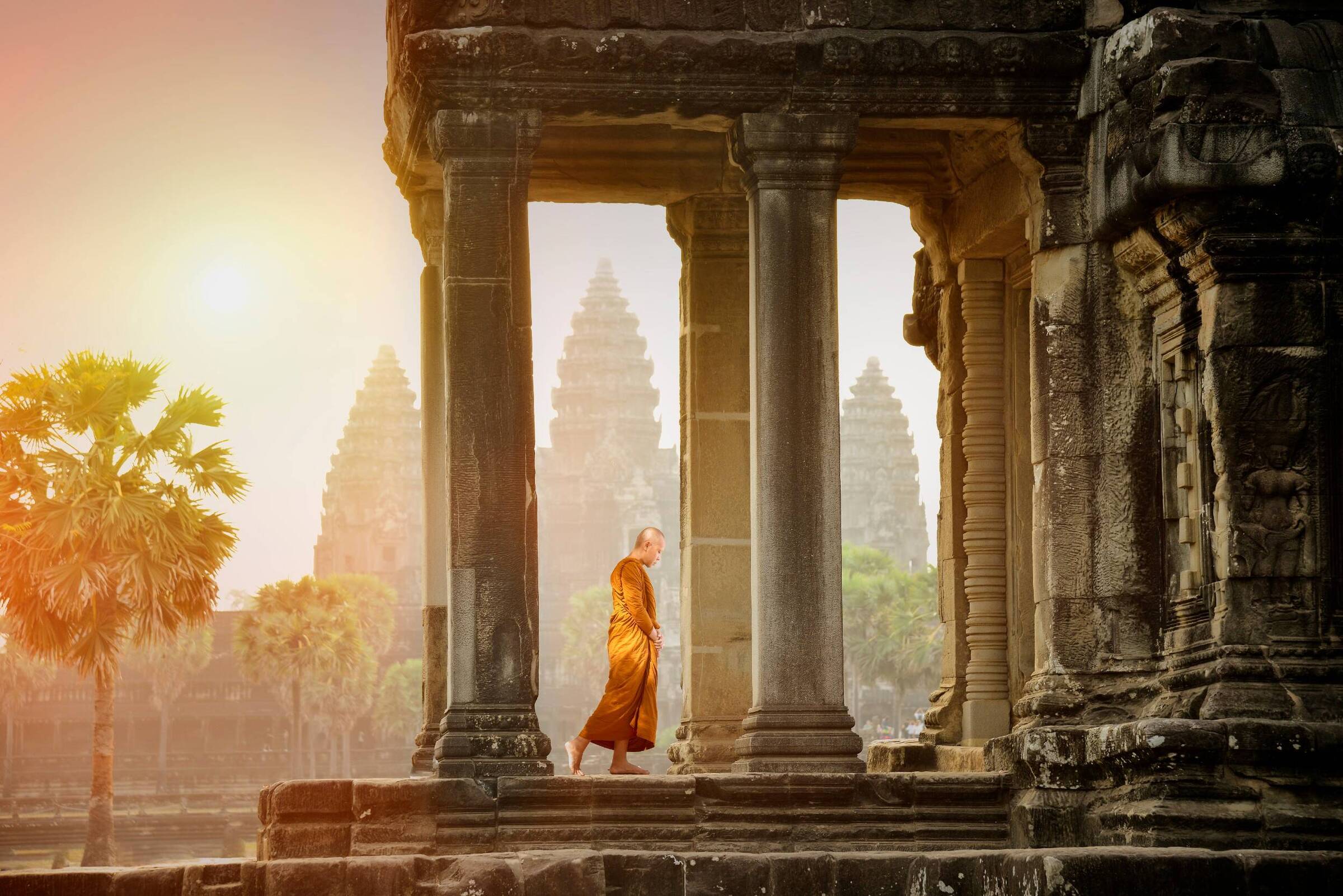

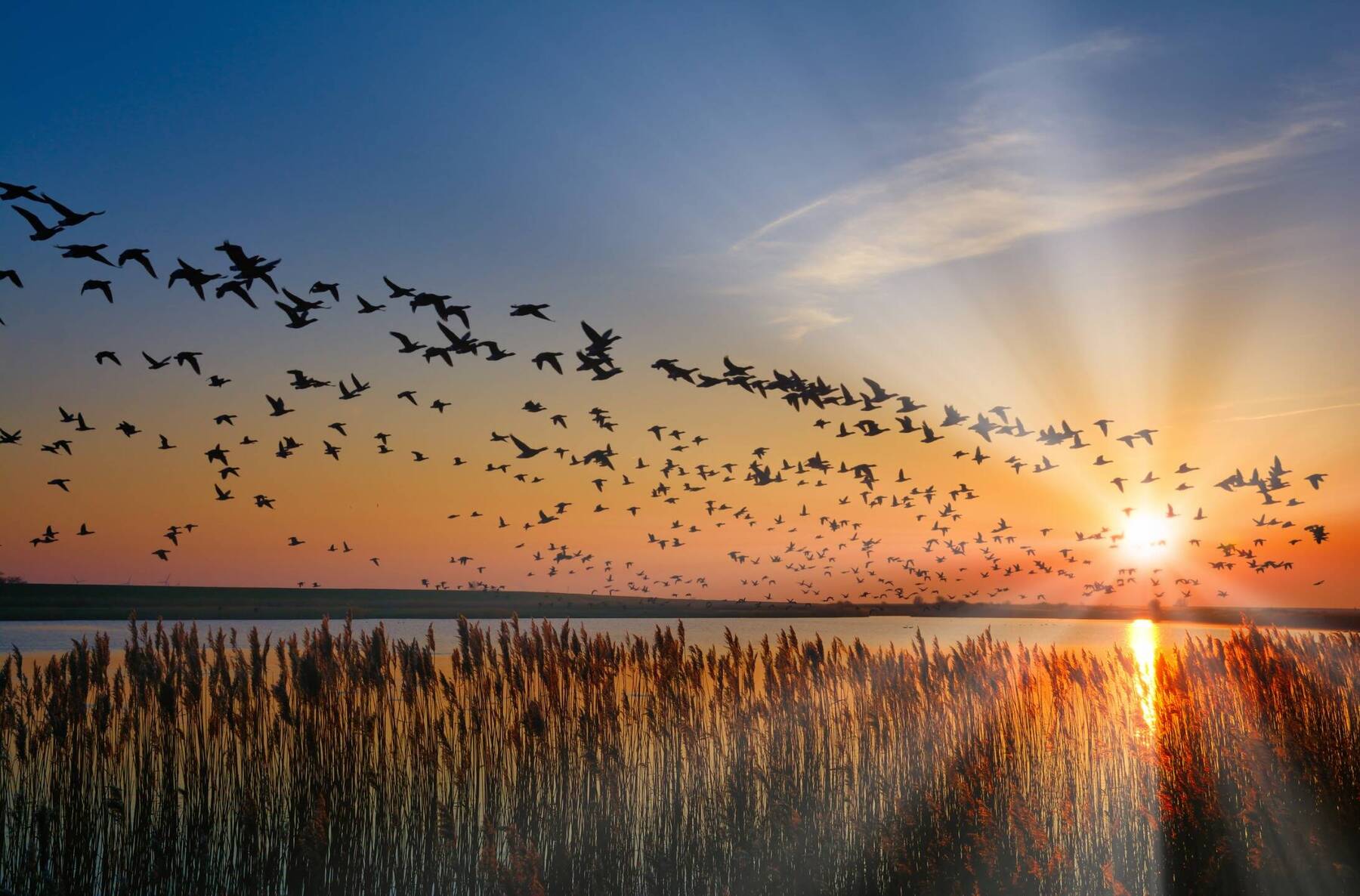
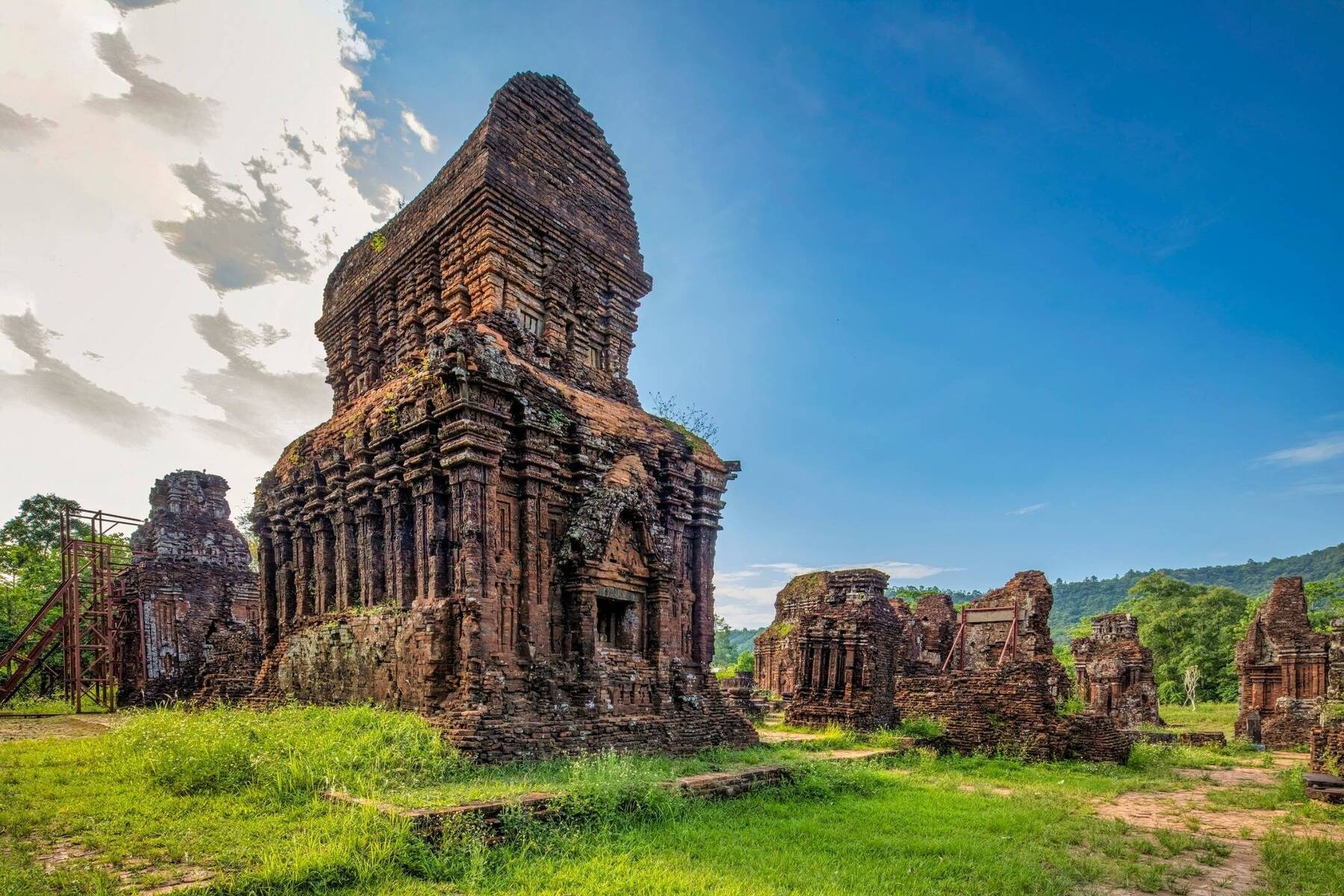

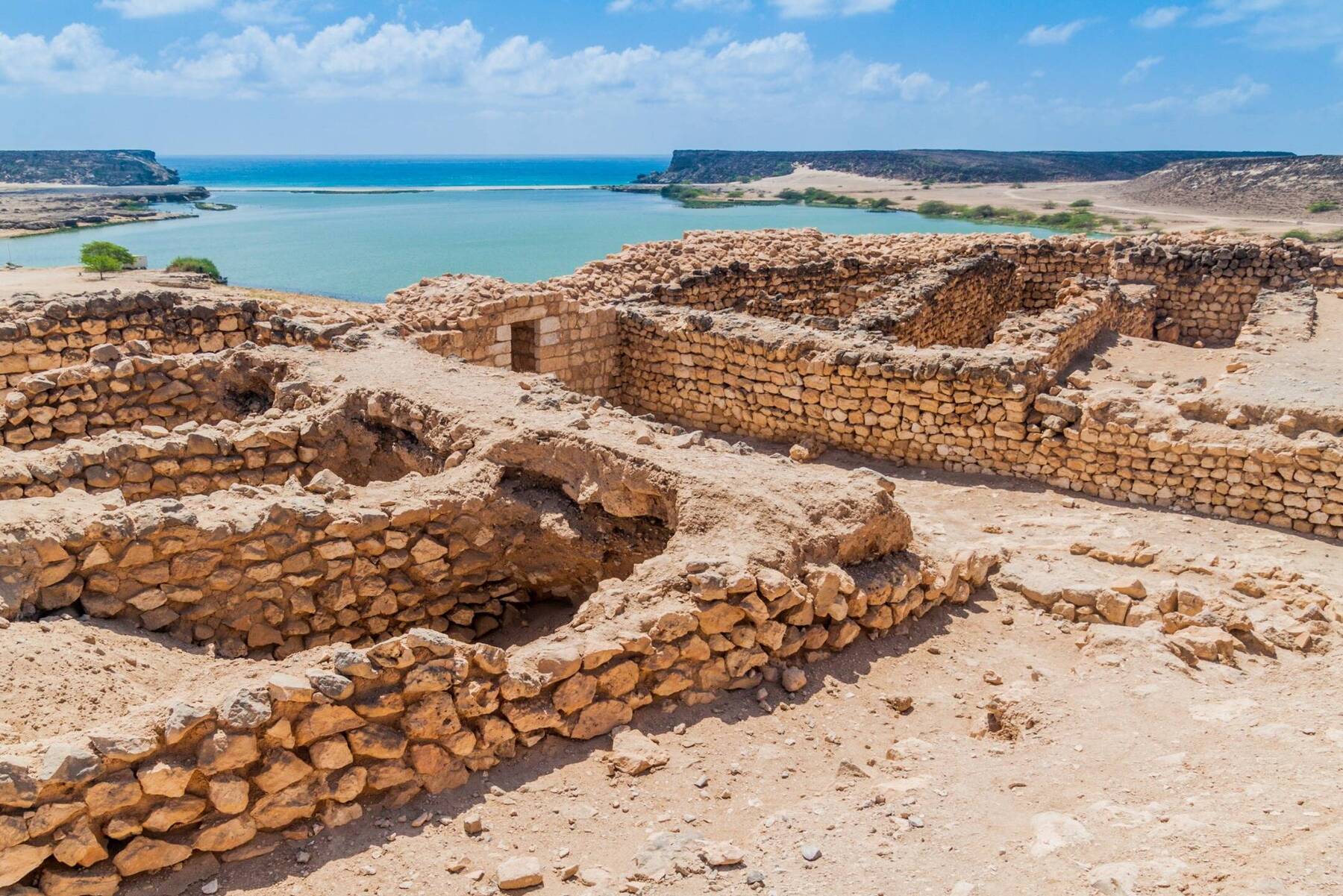

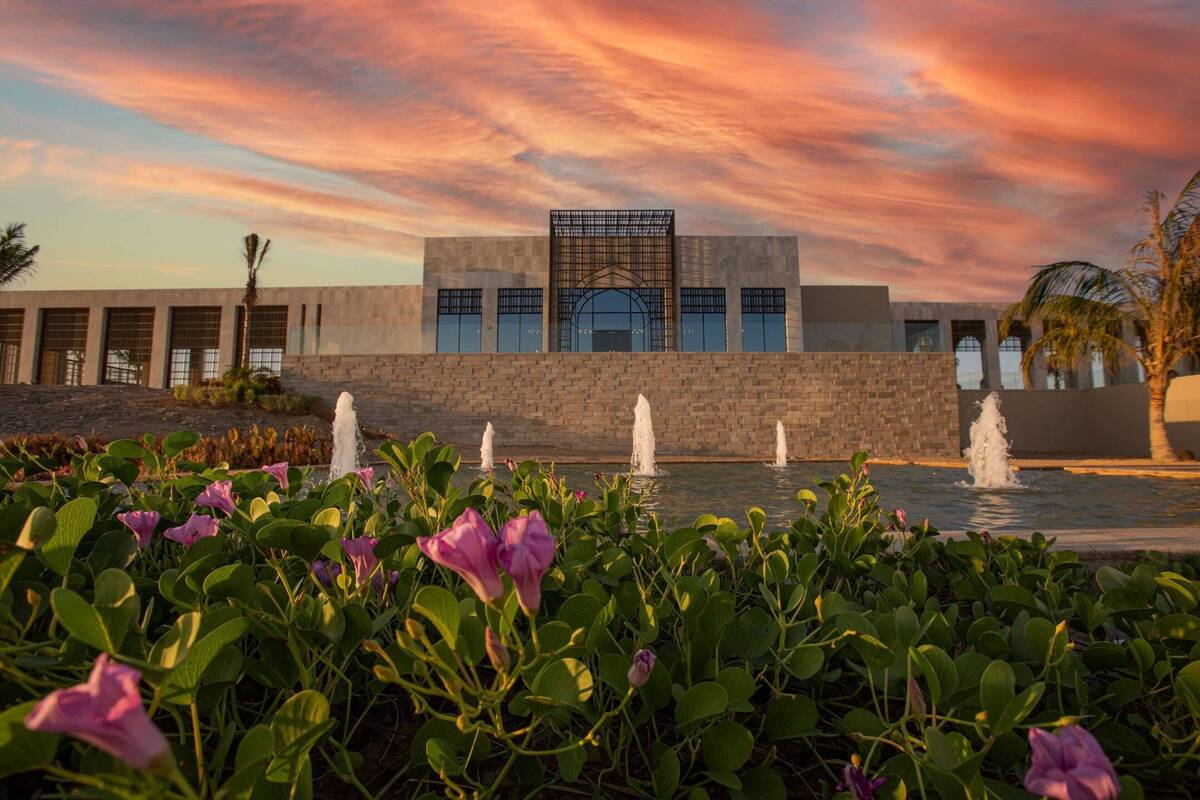

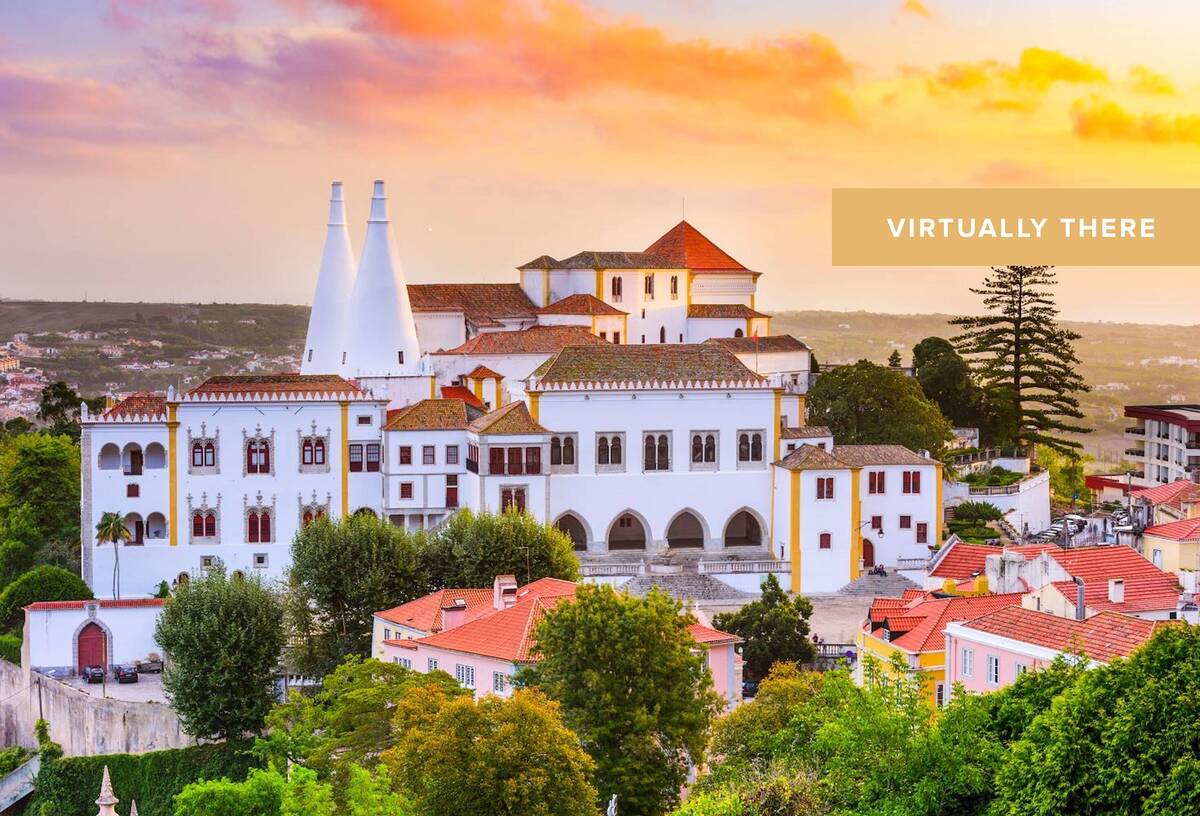
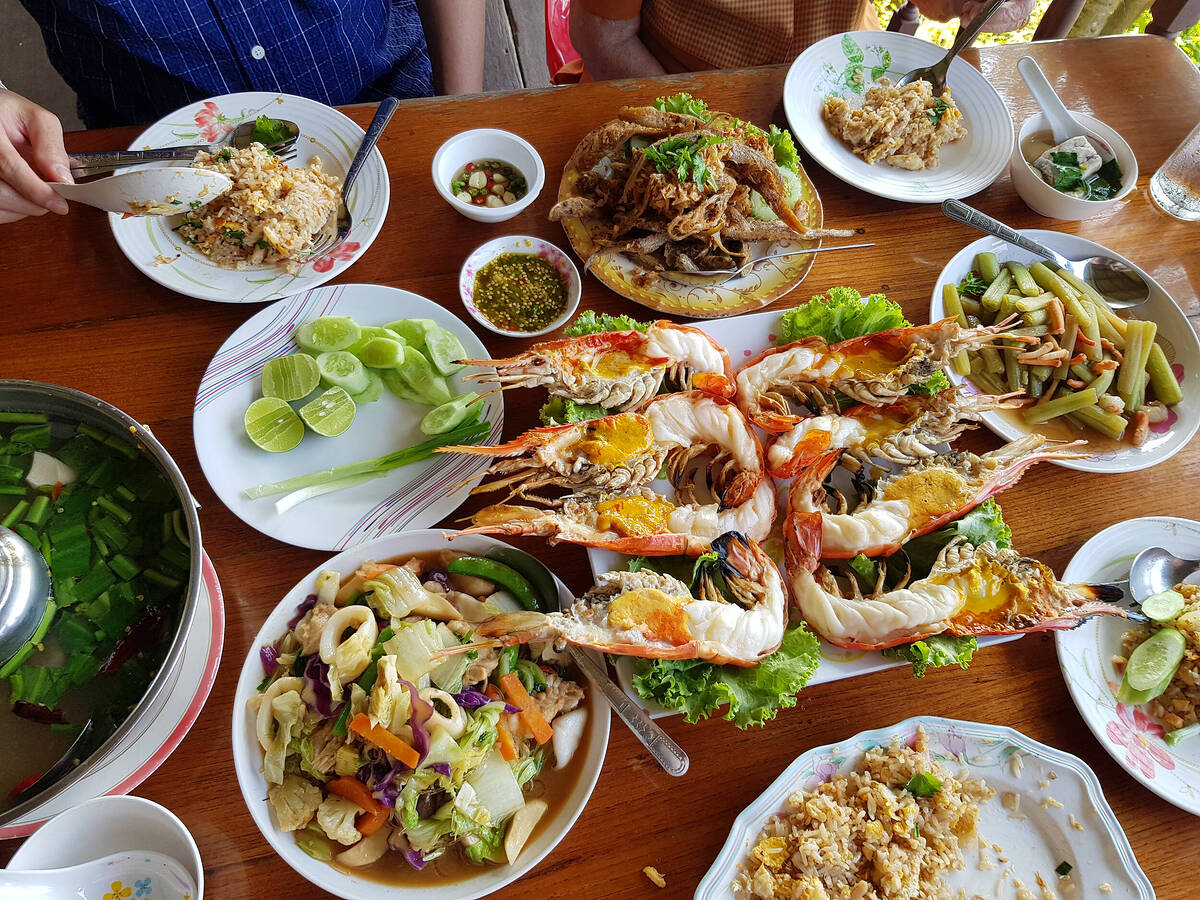
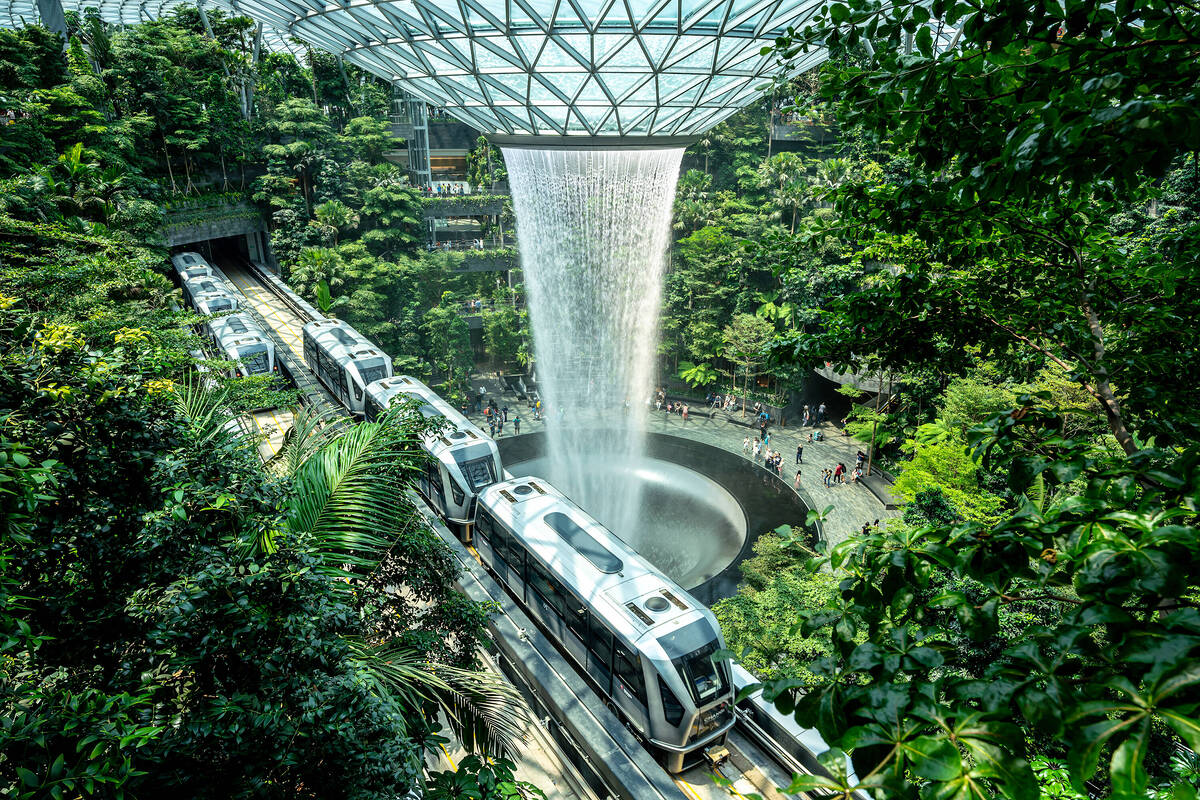













Comments